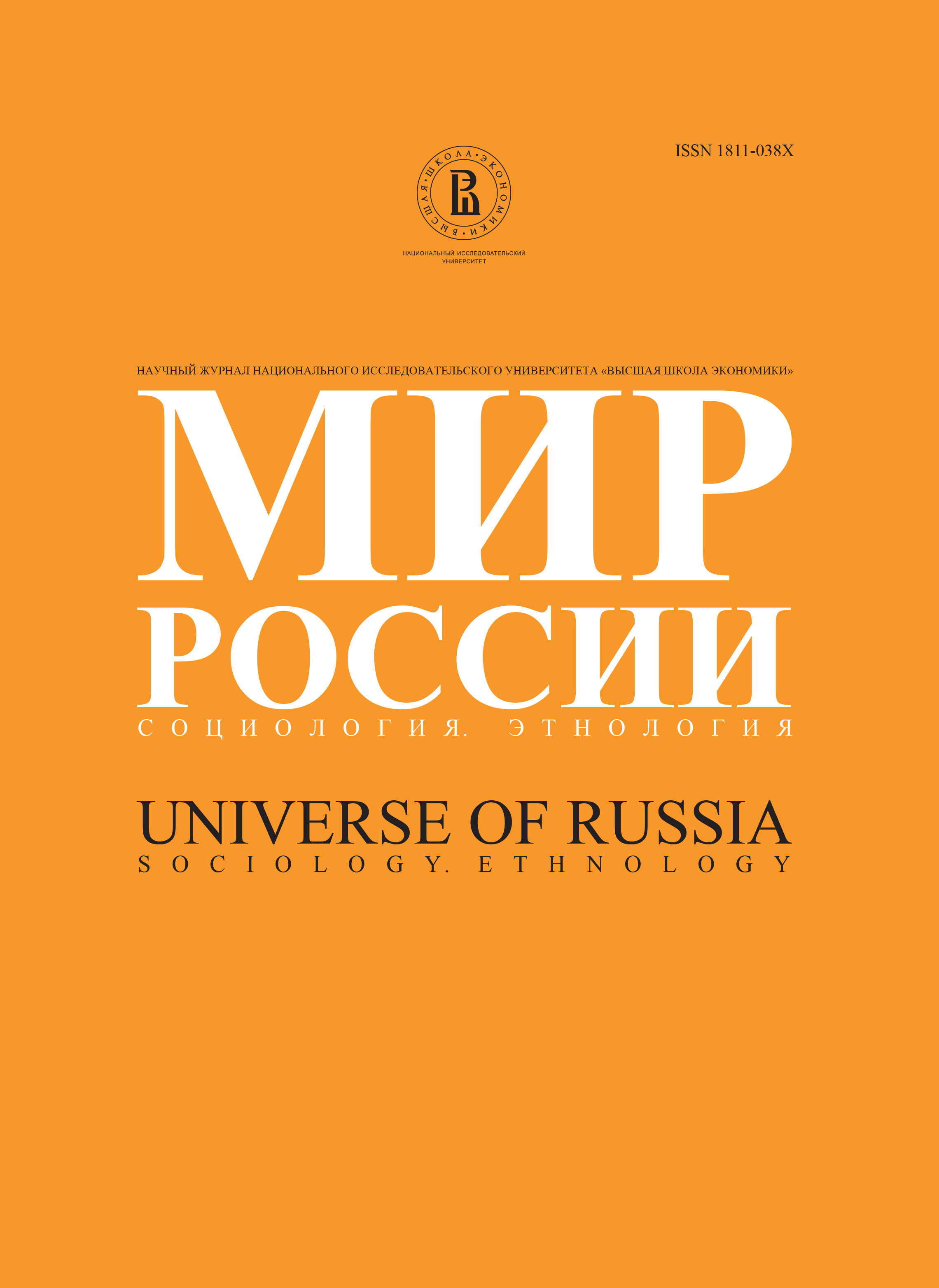Income difference in Russia against the financial stabilization background (regional and sectoral analysis)
Abstract
Generally, the emergency of income difference is a natural and normal phenomenon during a transition period, nevertheless difference degree in Russia has no analogy among the East- European countries realizing macroeconomics reform. From the beginning of the economic reform income redistribution from low-income to high-income social groups developed intensively. However, this process was stopped in the middle of 1995. Which were the reasons that changed the situation in the distribution incomes sphere so essentially? Firstly, an intensive private sector growth was slowed down.Secondly, it was connected with the new order of currency regulation called "currency corridor". As a result, some part of small and medium businesses and banks in particular have been forced to re-orientate the activities from foreign currency to domestic currency operations, so their gross volume revenues have been reduced.
Thirdly, at the beginning of 1995 the wage rate grew more intensively comparing with incomes rate. As wage is the main source of increased income for low- and middle-income social groups so the reducing of difference between wage and incomes rate has led to stopping income difference growth.
Fourthly, it was certainly the result of repeated minimum wage and pension indexations made by the Government in 1995.
However, it is not enough to explain the situation in the income difference field completely. The most principal factor is connected with the financial stabilization in Russia that has led to inflation rate declining. In general the inflation tax charge paid by population in highly-inflated economics is distributed extremely unevenly.
First of all, inflation has an influence on the prices of such commodities (goods) which are the base for the low-income groups consumption. And on the contrary, an inflation rate declining diminishes inflation tax charge so income disproportions between different social groups of the population are reducing.
Essentially the Russian economy compared with the other national economies during transformation period is very highly-regional. Regional and sectoral income and wage difference analysis (since wage is the main income source for the most social groups of population in Russia) shows that the most significant factors leading to the regional difference have noinflated but structural and institutional nature.
As the restruction is the weakest point in the macroeconomics reform in Russia, so it would be prematurely to expect sectoral and regional difference to disappear or decline significantly. Income difference reducing would be encouraging, however, to our mind, (we suppose) there are some important issues that would not allow to see the nearest future too optimistically.
- Income difference growth was slowed down but now difference by itself is still too high. This point has formed the negative social background for macroeconomics reform progress in the past so it would be unfavourable in the future.
- Some of the measures such as "currency corridor" that have led to income difference stopping are temporary, so the effect would be also short-term and changeable.
- The Government had to index minimum wage and pension in 1995 and particularly in 1996 so often firstly because of the political reasons connected with the Parliamentary and Presidential elections. However, if the Government seeks to avoid a new inflation increase this policy will be doomed since the macroeconomics and federal budget limitations will be very strict.
- Despite the dependence on the financial stabilization Russian economy will be extremely highly-regional so regional income difference probably will remain for a long time.






